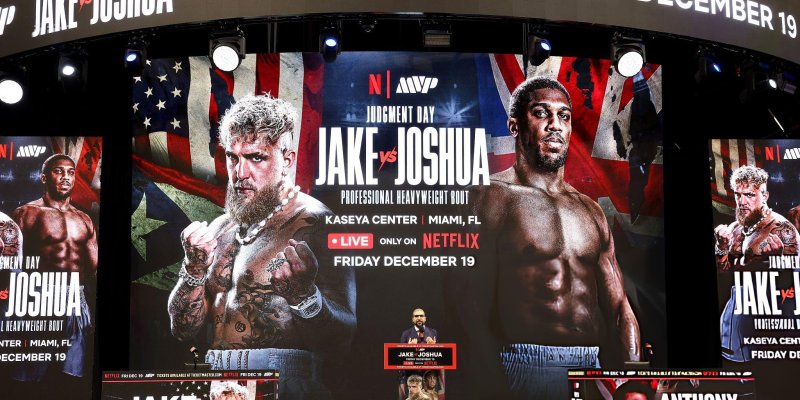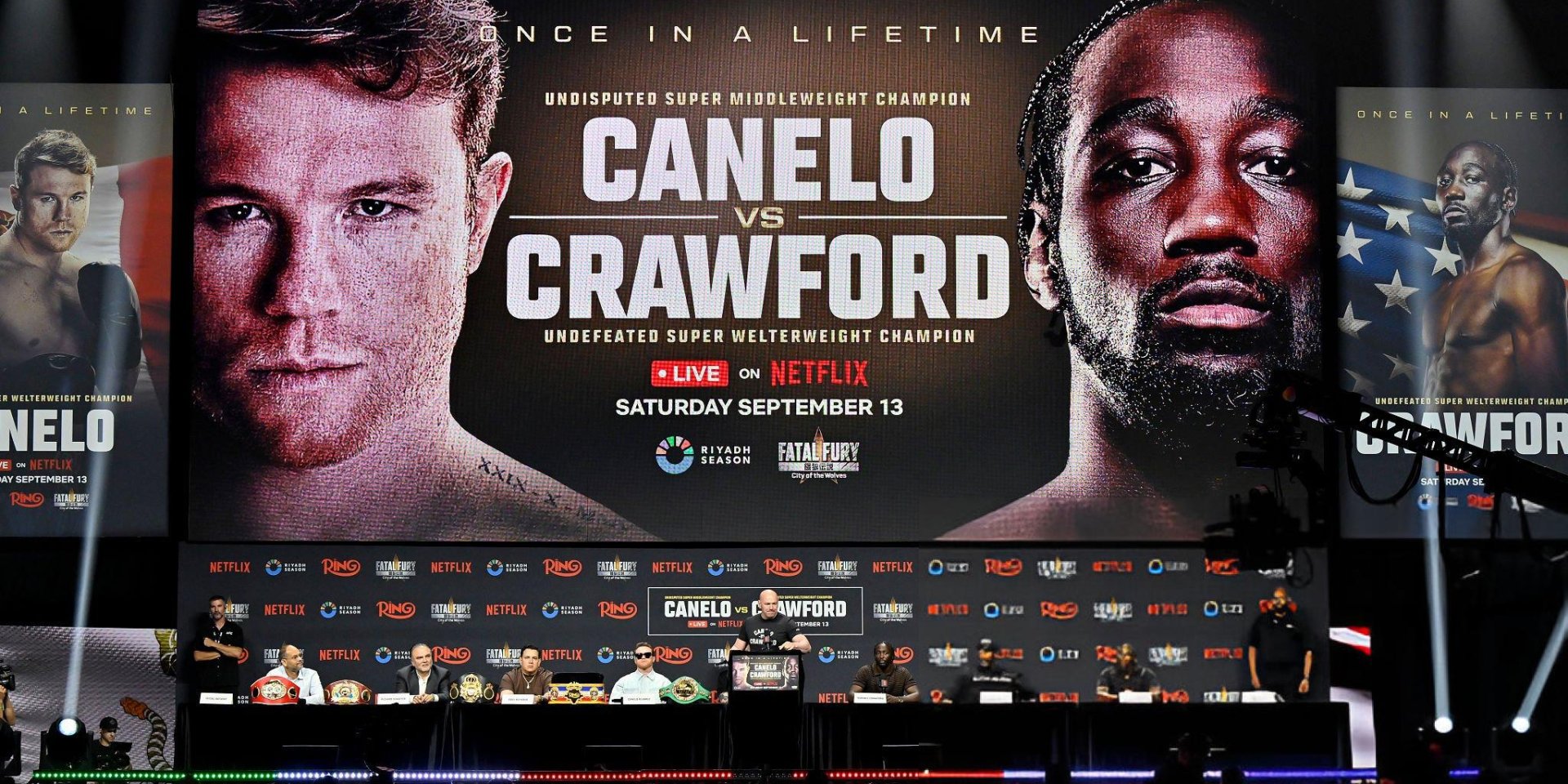
Las Vegas will host the centerpiece premiere of the boxing autumn on September 13: Saul "Canelo" Álvarez defends his status as the undisputed world champion at super-middleweight (168 pounds) against Terence Crawford — an undefeated all-rounder who has already conquered two divisions as an undisputed champion. For the Mexican, it’s another test of authority at 168; for the American, a risky jump in weight and a chance to enter history as a three-time undisputed champion.
Fight Context: The Undisputed Champion vs a Challenger From Another Weight Class
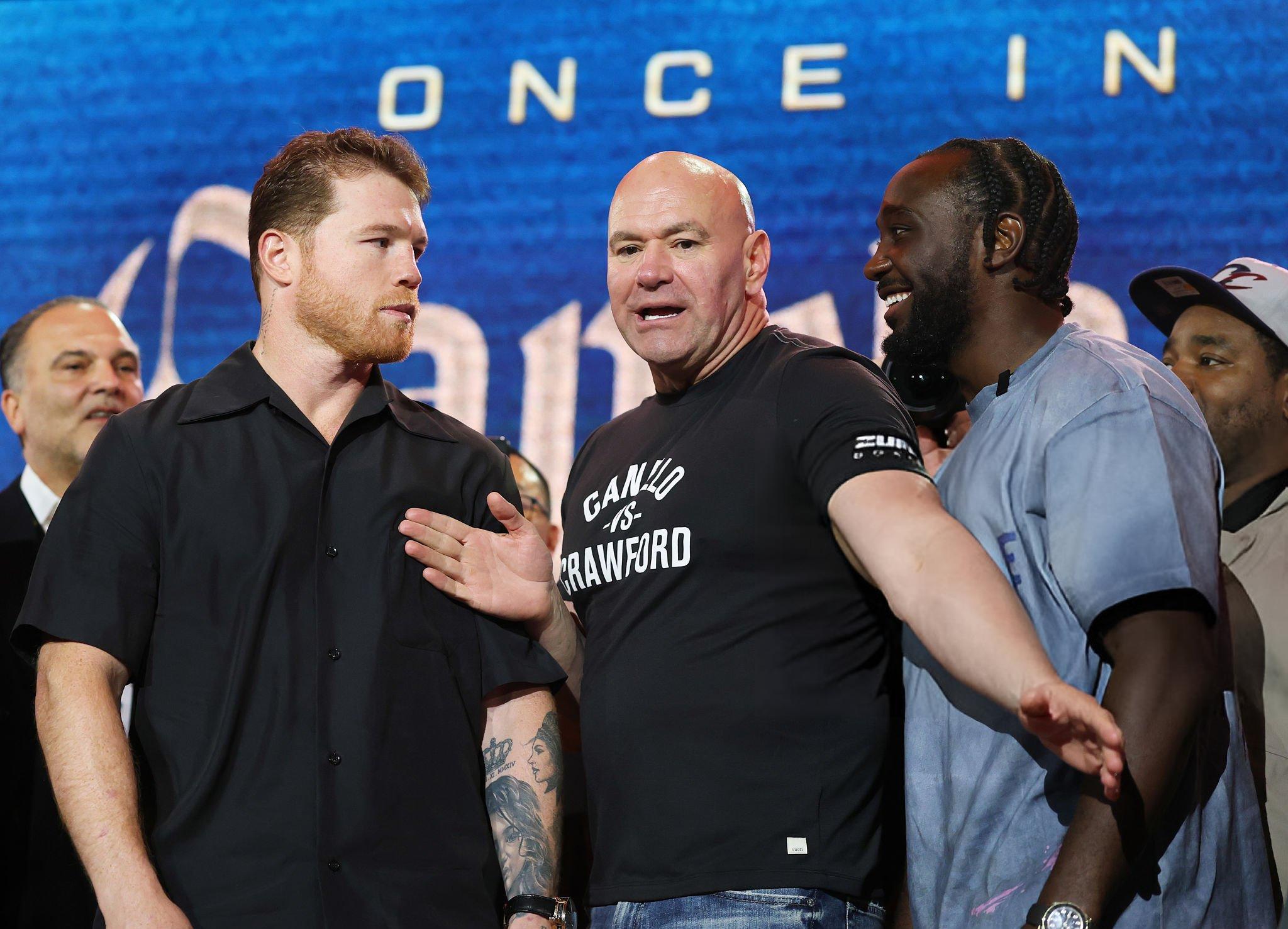
Crawford is making a bold career upgrade: after dominating at light-welterweight and welterweight, he moves up to 168, where Canelo reigns. The American owns a perfect 41-0 (31 KOs), and his recent opponents include Israil Madrimov, Errol Spence, and Shawn Porter. Álvarez, after an unsuccessful foray to light-heavyweight (a loss to Dmitry Bivol), settled at super-middle and over the last three years has made six straight defenses — all by unanimous decision.
Style Breakdown: Canelo's Pressure vs Crawford's Ring IQ
Álvarez excels at a tight guard, ring-cutting, and destructive body work. He doesn’t rush, takes the center, and disrupts the opponent’s rhythm with heavy right-hand accents. Crawford is a chameleon: he starts cautiously, reads patterns, switches stances, adjusts distance, and picks opponents off on counters. Question No. 1: when the body shots start to “sit” the legs down, can his timing neutralize Canelo’s pressure?
The Weight Factor: How 168 Pounds Will Change the Dynamics
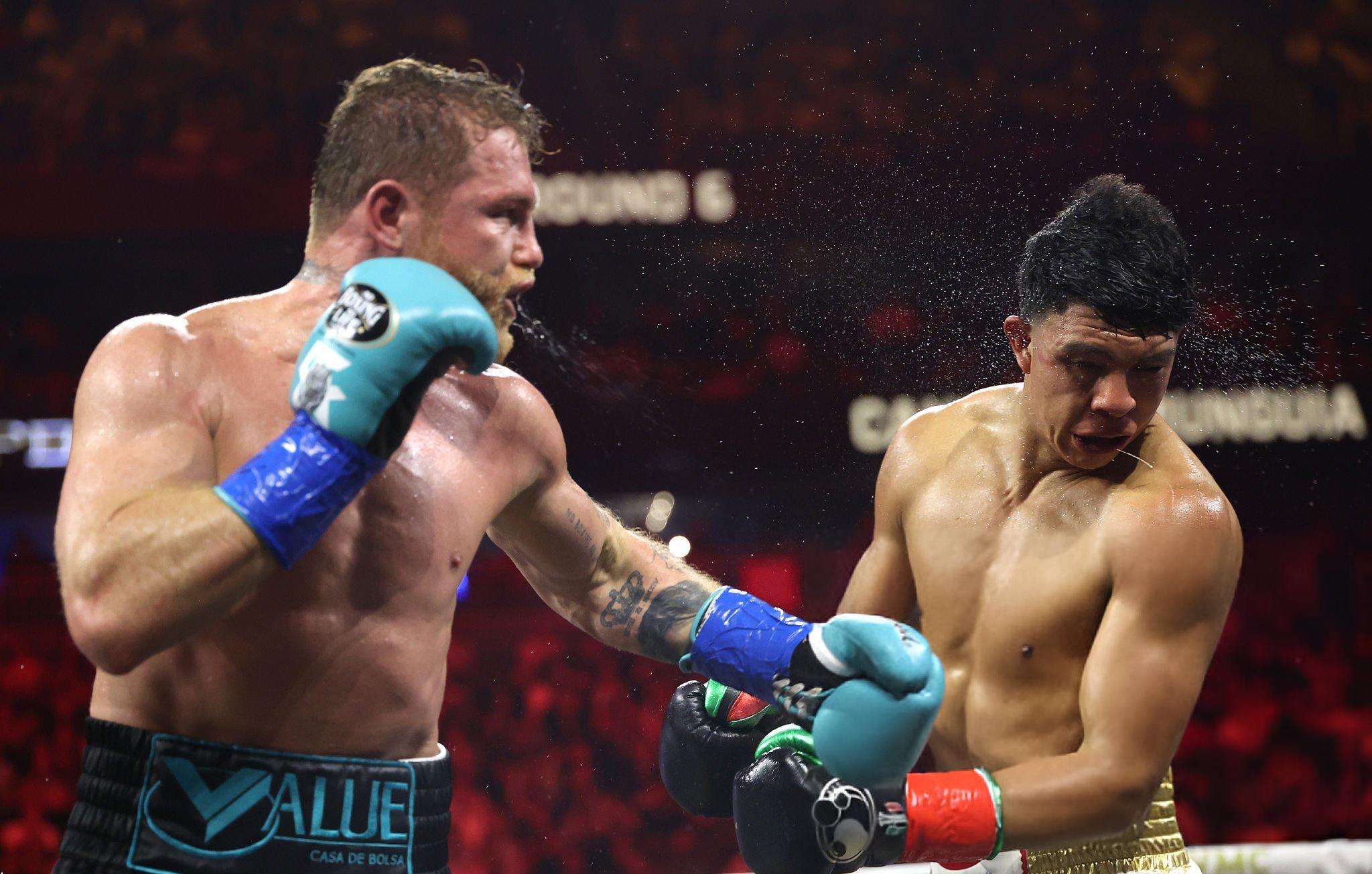
The physics favor Canelo: punch thickness, guard density, and clinch control. Crawford must bring speed and mobility without losing stamina in the late rounds. If Terence holds the tempo, cuts angles, and fills the pauses with the jab/hook, the bout turns into chess. If Canelo consistently reaches mid-range, an exhausting investment in the body begins, gradually dismantling the defense.
What Decides the Outcome: Jab, Body Work, and In-Fight Adjustments
Rounds 1–4 — reconnaissance and pinpoint exchanges. At mid-range, the key will be Crawford’s jab as an entry-control tool. Canelo’s answer — one-twos and the right hand to the body, which trim the opponent’s mobility. The closer to the championship rounds, the more crucial the ability to adjust: for Crawford — more frequent stance and tempo shifts; for Canelo — keep pressing without breaking position and keep drilling body shots. Judges will value Terence’s clean accuracy, but the visual weight of Saul’s power shots can’t be discounted: heavy connects reshape close rounds.
Risks and X-Factors
- Tempo and endurance: who manages the battery over 12 rounds better, especially under high tactical stress.
- Work in the clinch: Canelo is stronger in micro-exchanges on the inside, but Crawford can “dampen” pressure with ties and a step off-line.
- Judging metrics: in even rounds, visible power and body connects often leave a stronger impression than tidy jabs and single counters.
The Final Intrigue
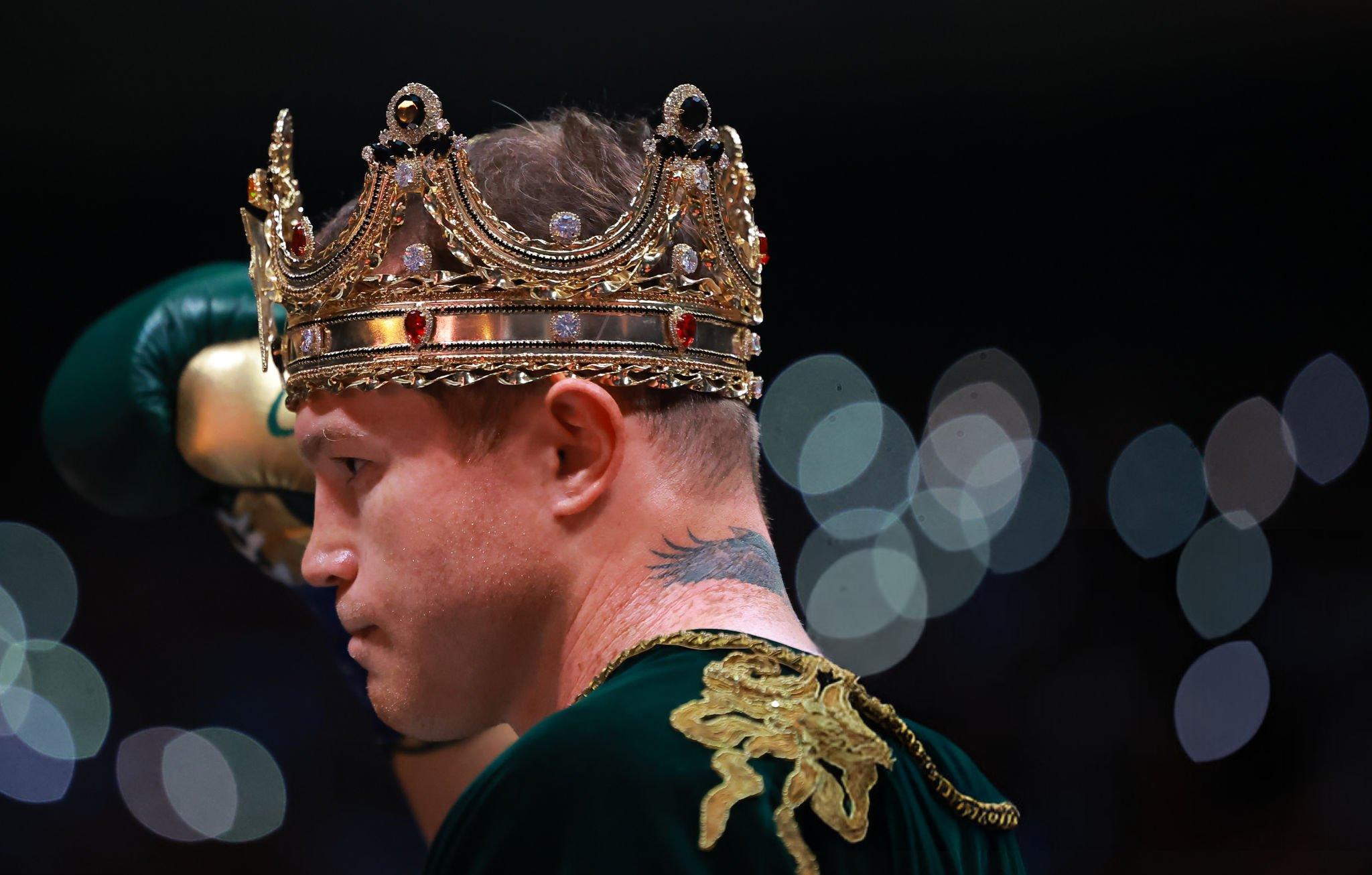
We’ve got a rare case: the greatest counterpuncher of his generation challenges the “King of 168.” If Crawford imposes a measured tempo, cuts angles, and avoids being pinned on the ropes, there is a path to a points win. If Canelo consistently gets to mid/close range and keeps investing in the body, the round-by-round edge tilts to the Mexican. One strategic miscue — and the balance shifts.
Main Bouts of the Night
- Saul Álvarez — Terence Crawford
- Callum Walsh — Fernando Vargas Jr.
- Christian Mbilli — Lester Martins
- Serhii Bohachuk — Brandon Adams
The Vegas evening promises big-time boxing in all its splendor: elite technique, fine tactics, and a bet on character. Only one will be undisputed — and on September 13 we’ll learn whose arguments carry more weight.

